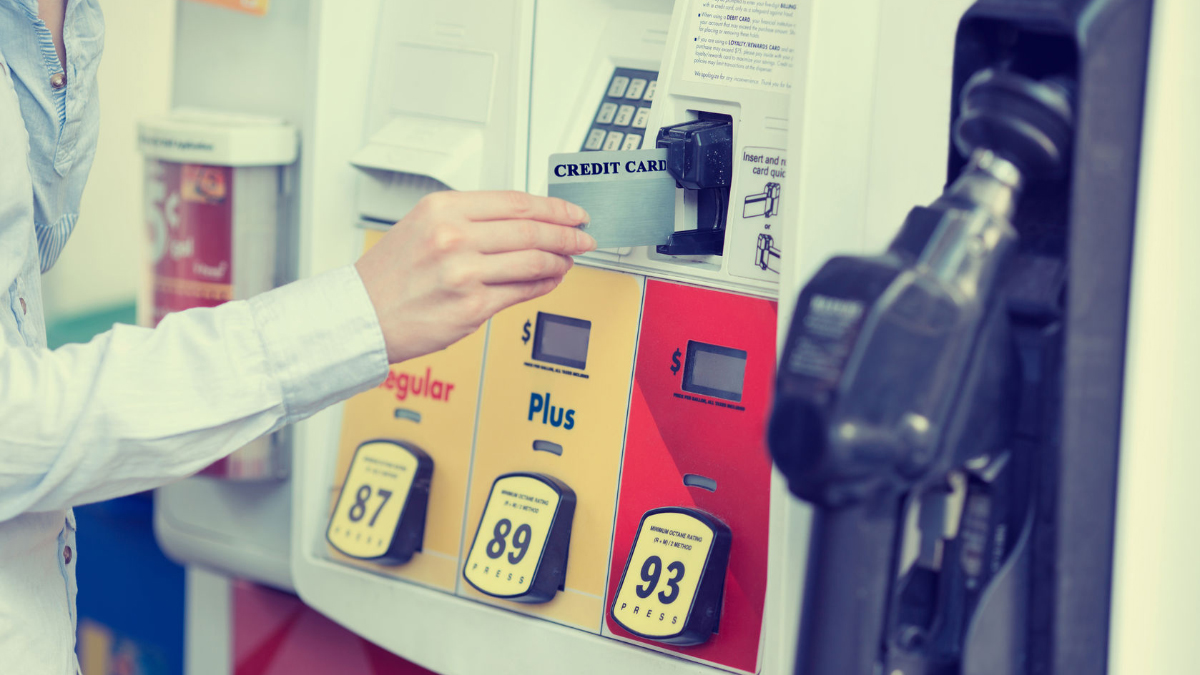California drivers experienced sticker shock at the gas pump on Nov. 1. The state’s gasoline tax rose by 12 cents per gallon that day, bringing the total to 39.8 cents. Along with the federal gas tax of 18.4 cents, Californians now pay 58.2 cents in excise taxes per gallon. Like all other states with sales taxes, California “taxes the tax” by applying the combined local and state sales tax, which ranges from 7.25 to 9.75 percent, on top of the gasoline tax.
The average price of regular unleaded gas is now $3.02 per gallon, meaning that federal and state taxes represent about 20 percent of the retail price. That’s considerably more than gas-station owners’ 2-cents-per-gallon gross profit.
It only gets worse: on July 1, 2019, the state tax will go up another 7.5 cents, bringing the combined state and federal excise tax to 65.7 cents per gallon.
What do Californians get in return? From the beginning in 1923, the stated purpose of the gasoline tax was to build and maintain roads. The revenue, along with a “transportation improvement fee” and taxes on diesel fuel, is earmarked for California’s Road Maintenance and Rehabilitation Program, which is equivalent to the highway trust funds of other states and the federal government.
For this reason, the tax on gasoline is called a user fee. It is justified as a way of forcing drivers to pay for the wear and tear they impose on public roads. The more miles people drive, the more gasoline they burn, and the more tax revenue flows into the fund.But the user-fee justification breaks down for drivers of electric vehicles, who do not pay gas taxes at all, and for the owners of hybrid and other highly fuel-efficient cars and trucks. The decline in gas-tax revenue caused by the shift away from internal-combustion engines is stressing the highway trust funds in many states. So, as of 2017, 17 states charge special fees for electric-car owners to compensate for the lost revenue.
In reality, motor-fuel taxes have been looking less and less like user fees in California and elsewhere because state legislatures (and the U.S. Congress) periodically raid highway trust funds to pay for unrelated programs. A decade ago, Gov. Arnold Schwarzenegger wanted to use $1.1 billion in Public Transportation Account (money to offset huge shortfalls in general-fund revenue caused by excessive government spending. The legislature responded by creating the Mass Transportation Fund, allowing $637 million to be moved out of the PTA. From 2007 to 2010, $1.3 billion in transportation funds was spent not to build or repair state roads but to finance other programs that were apparently more politically rewarding (i.e., generated more votes) than fixing bridges and filling potholes.
To forestall such budgetary shenanigans in the future, Californians will vote in June on a state constitutional amendment to prohibit lawmakers from diverting transportation money to other purposes.
No matter how the revenue is spent, though, the burden of the gas tax falls disproportionately on low-income Californians because they spend a larger percentage of their incomes than wealthier people on gas. California’s fee for zero-emissions vehicles, which is paid by upper-income people who can afford to buy Teslas, is a paltry $100.
Although truthfulness is not something we expect politicians, Sacramento ought to admit that the recent state gas-tax increase is just a convenient and nontransparent way of raising more revenue to feed a chronic overspending habit.












